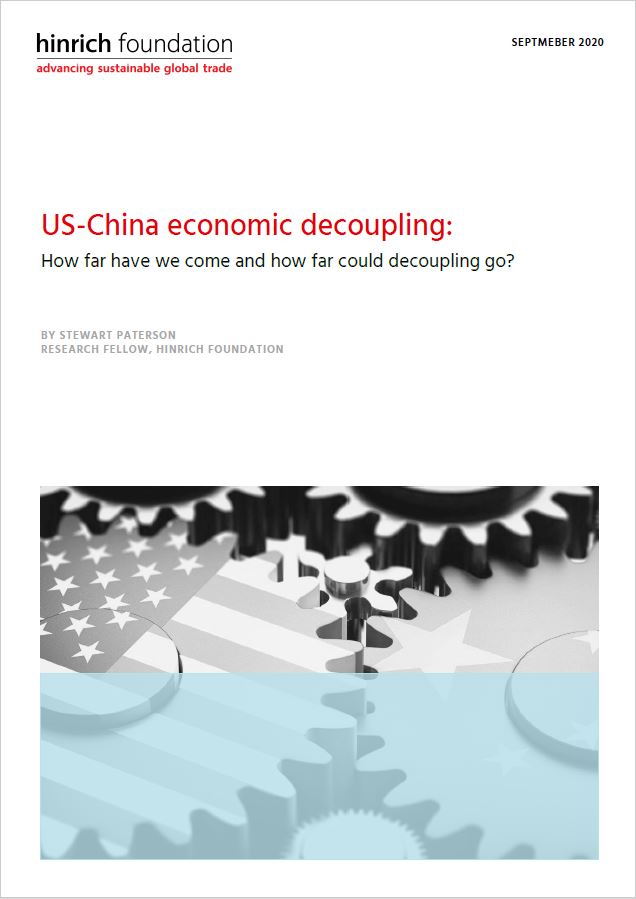US-China decoupling impacts on trade
Bilateral trade has fallen from a peak in September 2018 of US$668 billion, on a 12-month rolling basis, to just US$519 billion now, a fall of 22%.
The bilateral deficit has fallen 27% from peak to now. Chinese outbound FDI to the US is now negligible.
US FDI into China remains in its established range of US$12 billion to US$15 billion, which is small in relation to the overall capital stock of either country and other flows between them.
US-China decoupling scope beyond trade
Beyond trade and investment, the scope of the decoupling is expanding.
Moves to raise and enforce compliance with listing standards on US capital markets could well result in Chinese-based companies delisting from US exchanges.
Conversely, China attempts to attract foreign participation in its capital markets are meeting with increased resistance from US policymakers as they fear such inflows could provide China with economic leverage and the hard currency inflows that could help facilitate geopolitical expansionism.
The logical conclusion of attempting to suppress Chinese expansionism through economic statecraft is surely a far greater decoupling and bifurcation of the global economy than that implied by current policy.
© The Hinrich Foundation. See our website Terms and conditions for our copyright and reprint policy. All statements of fact and the views, conclusions and recommendations expressed in this publication are the sole responsibility of the author(s).















